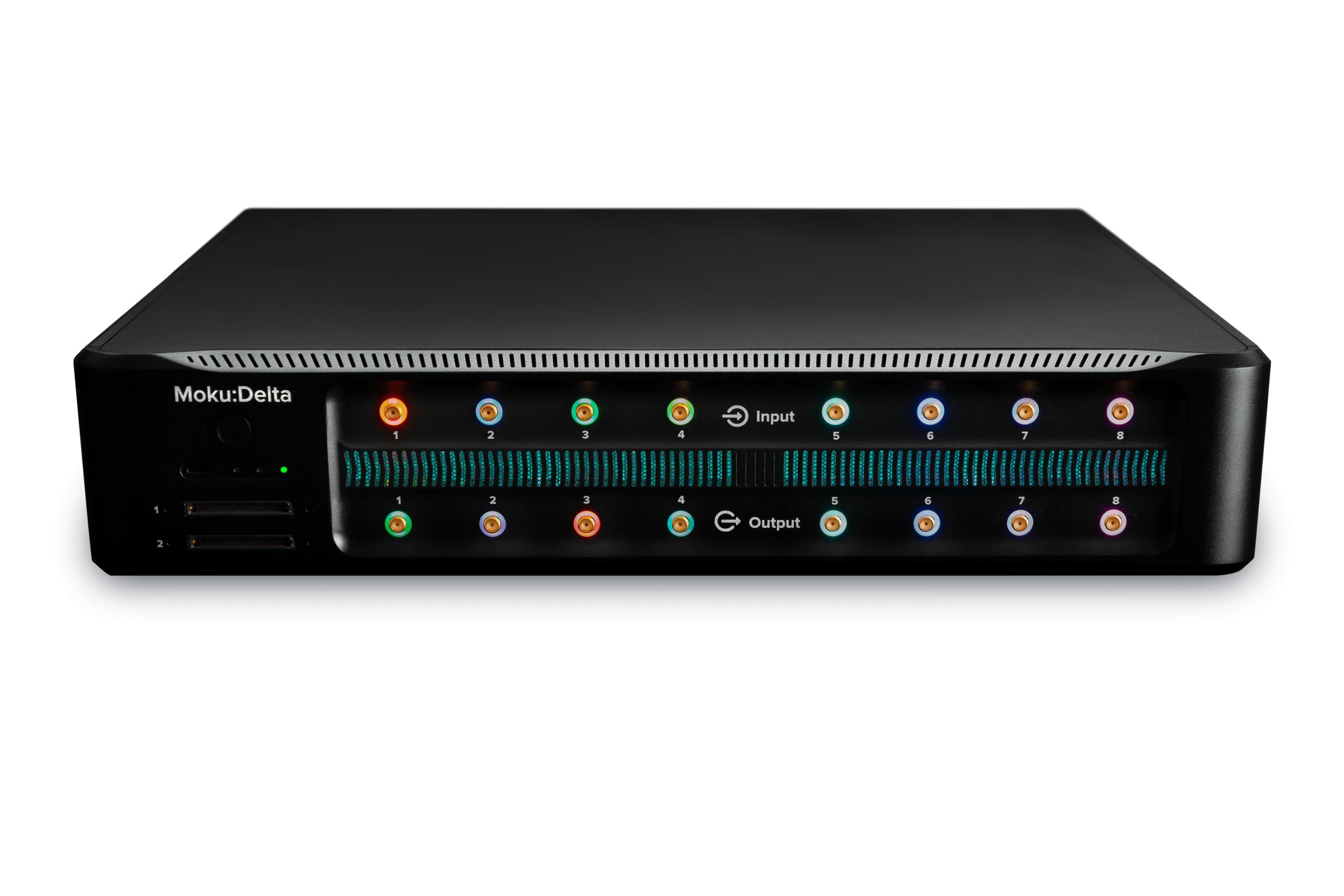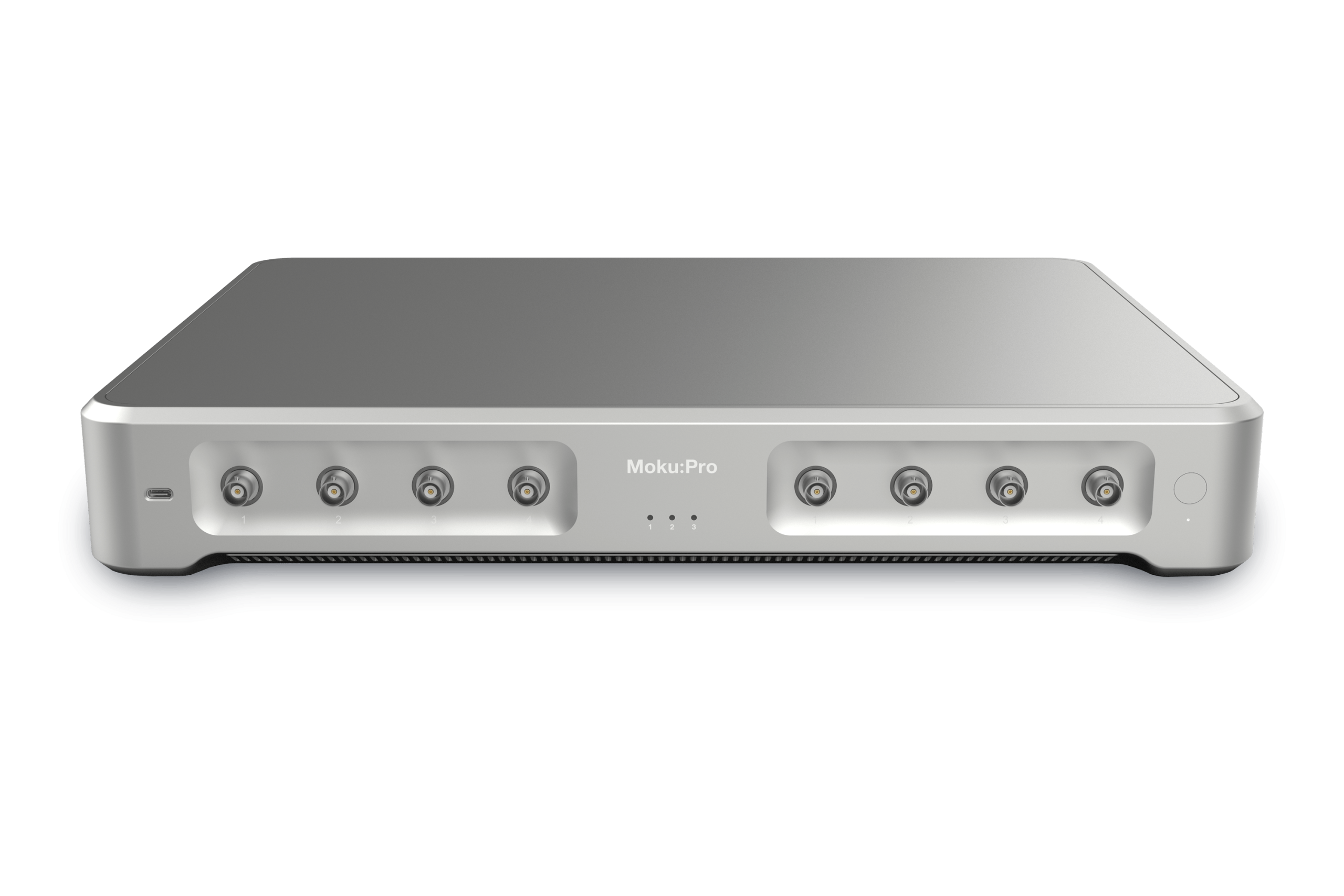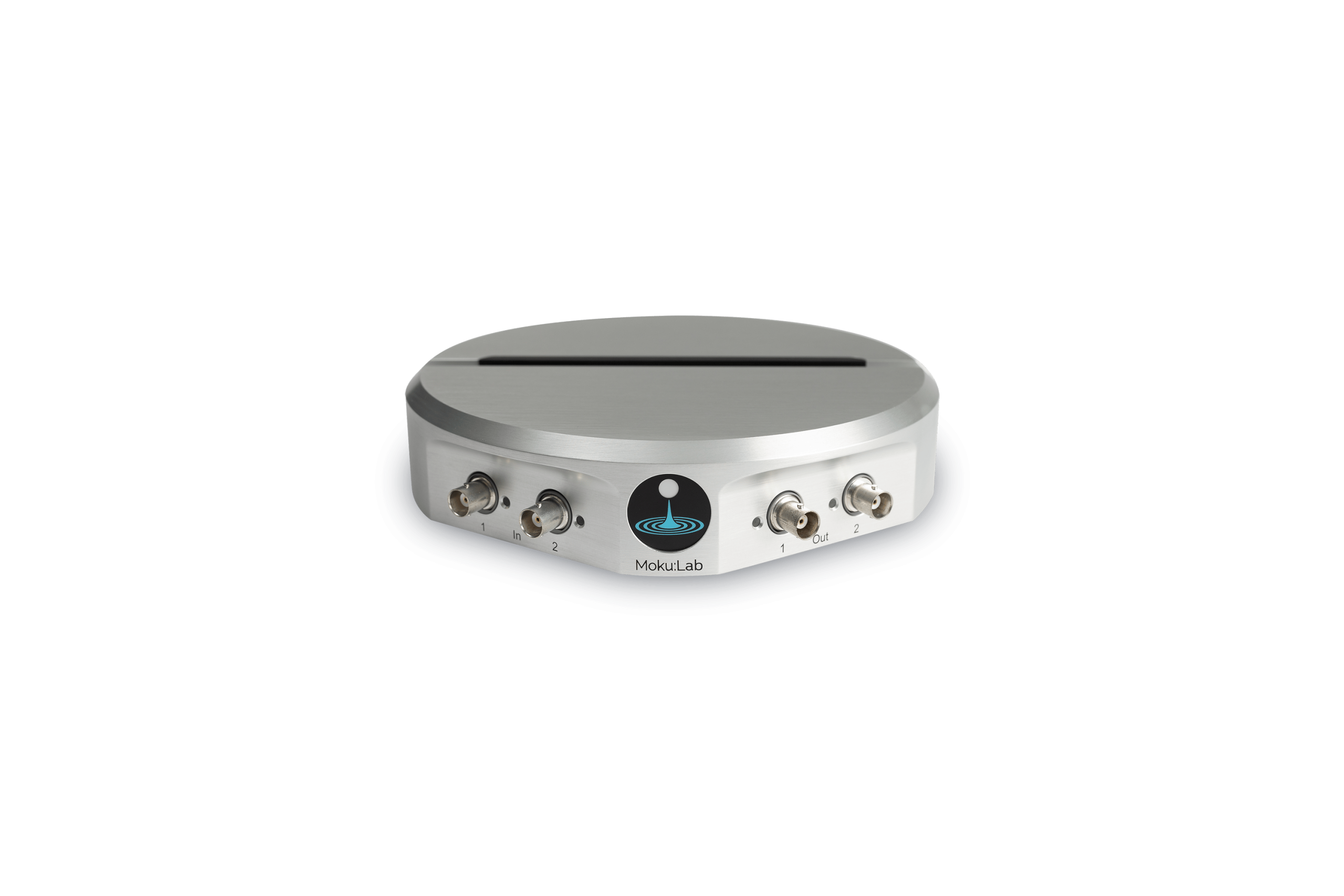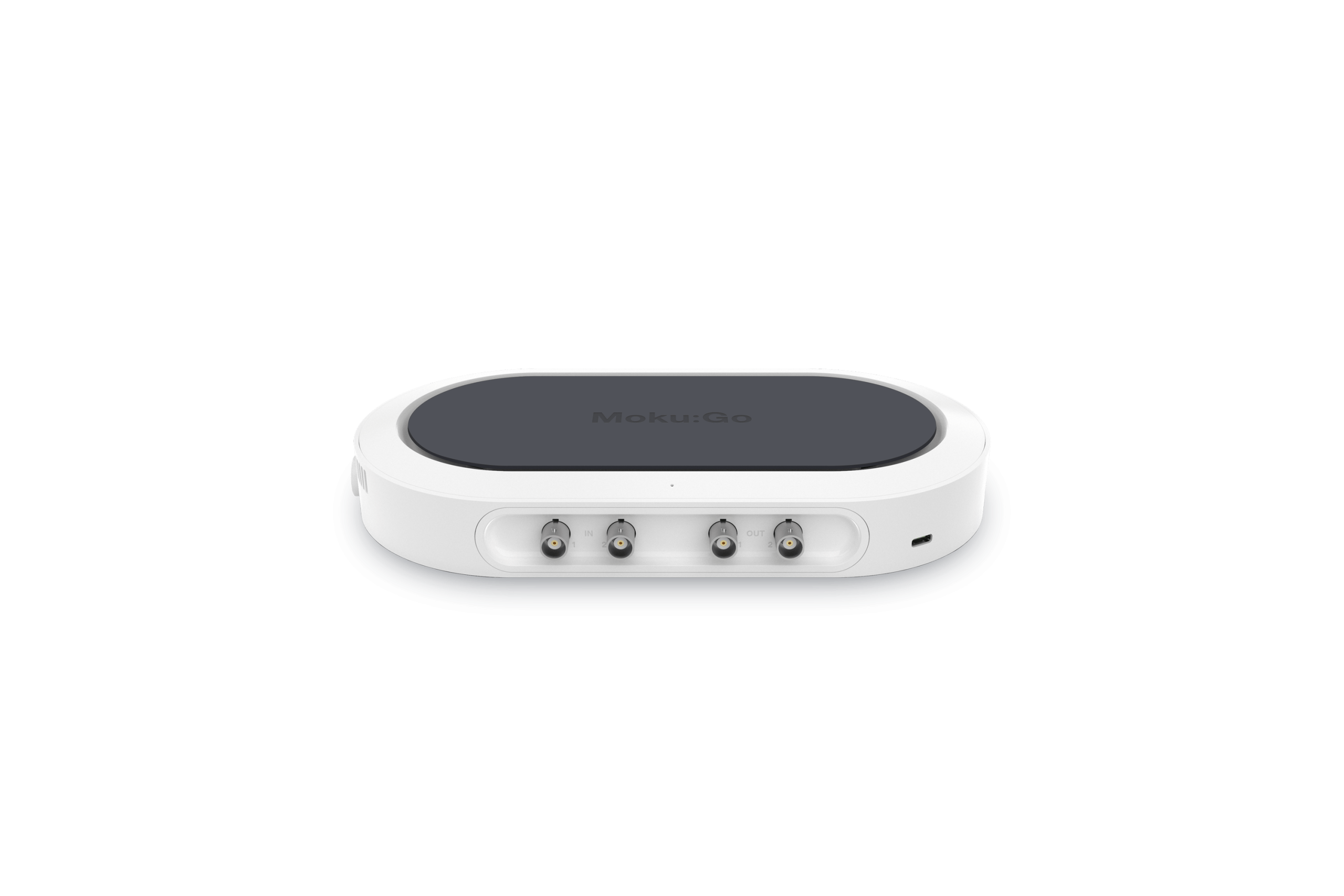Supporting Material
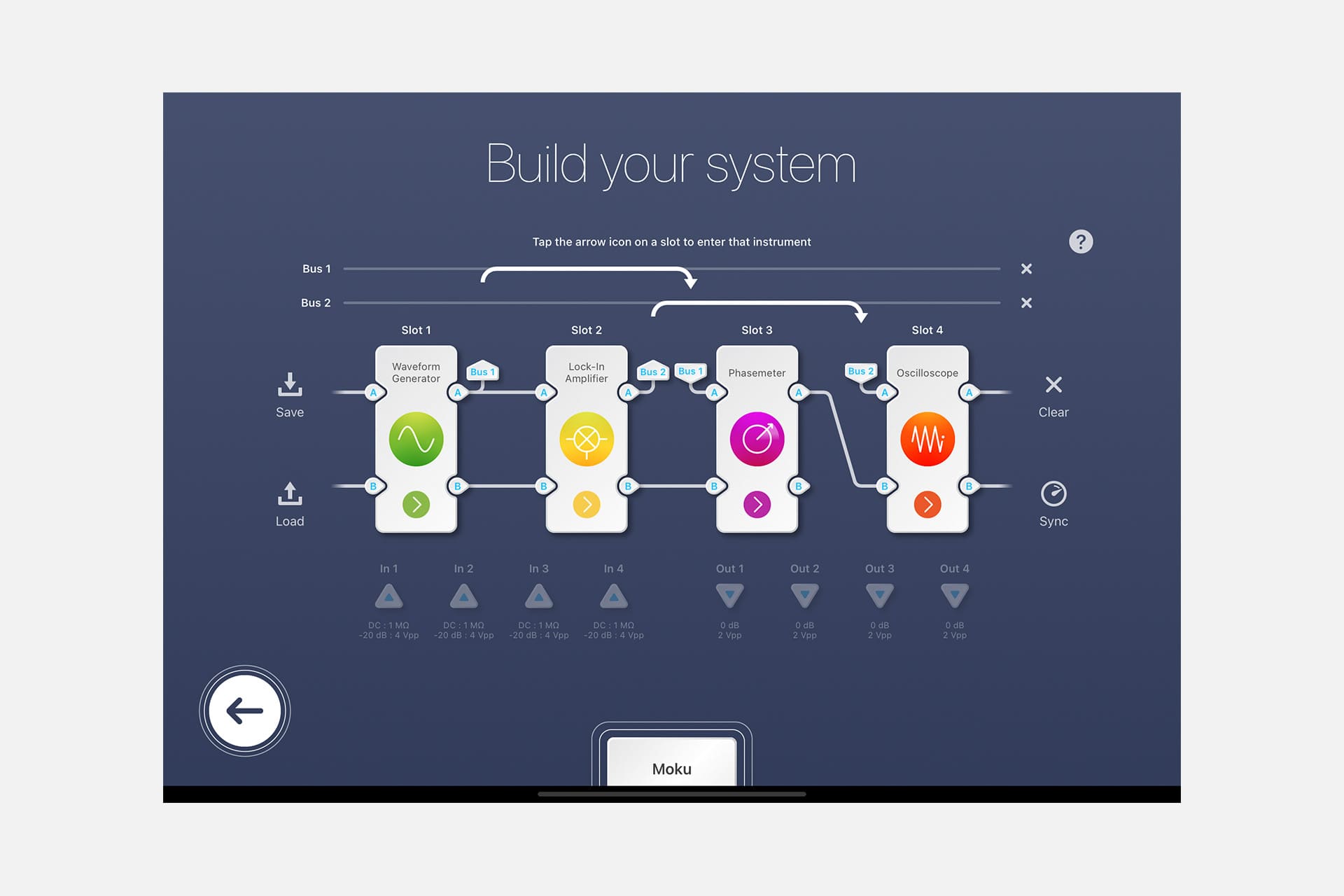
Master precise phase detection with the Moku Lock-in Amplifier and Phasemeter
Featuring: Moku:Pro, Phasemeter, Lock-in Amplifier
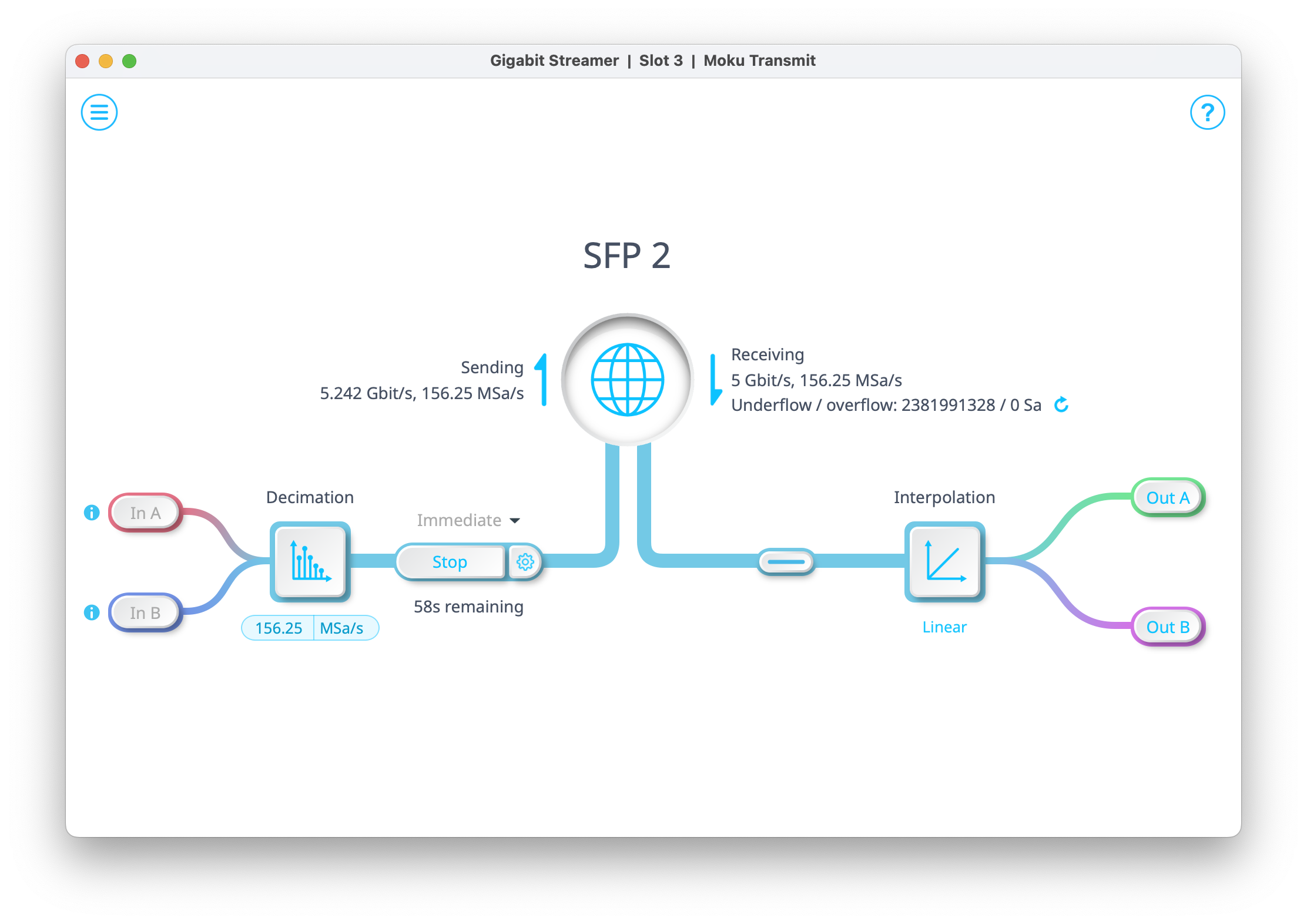
A concise guide to configuring direct sample streaming between two Moku:Delta devices using the Gigabit Streamer, including instrument placement, SFP connections, routing, and essential network parameters for reliable real-time operation.
Featuring: Moku:Delta, Gigabit Streamer

In this application note, we give an overview of the second-order correlation function and its physical meaning. We then discuss how to set up and collect the requisite data using the Moku Time & Frequency Analyzer. Finally, we demonstrate two different methods for calculating the function and show that they agree well with each other
Featuring: Moku:Pro, Time & Frequency Analyzer
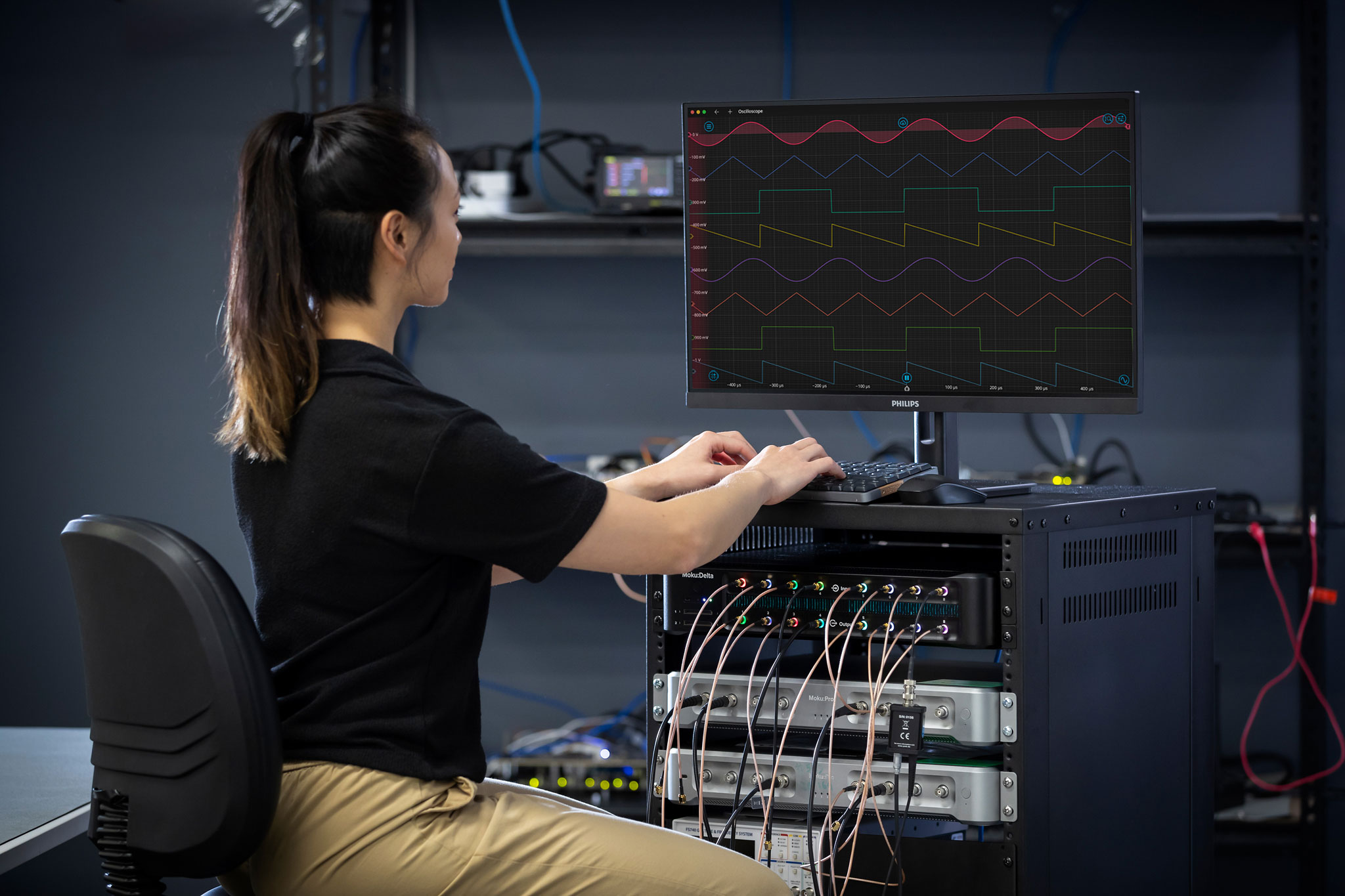
Automated Test Equipment replaces manual testing with integrated, software-driven systems that deliver speed, precision, and scalability for modern electronics manufacturing.
Featuring: Moku:Delta
Date: November 3, 2025
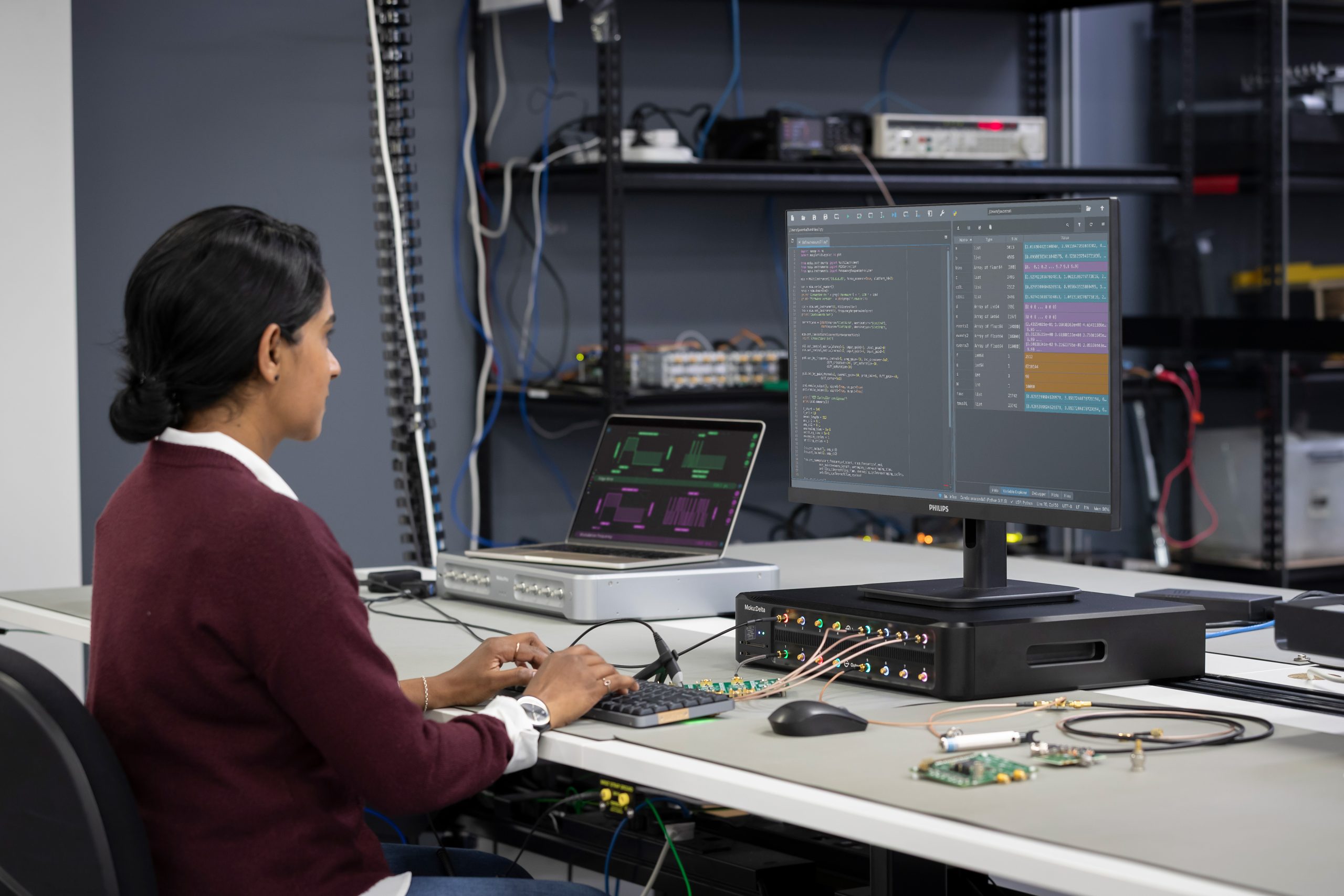
Date Recorded: Nov 13, 2025
Speaker: Brian Neff
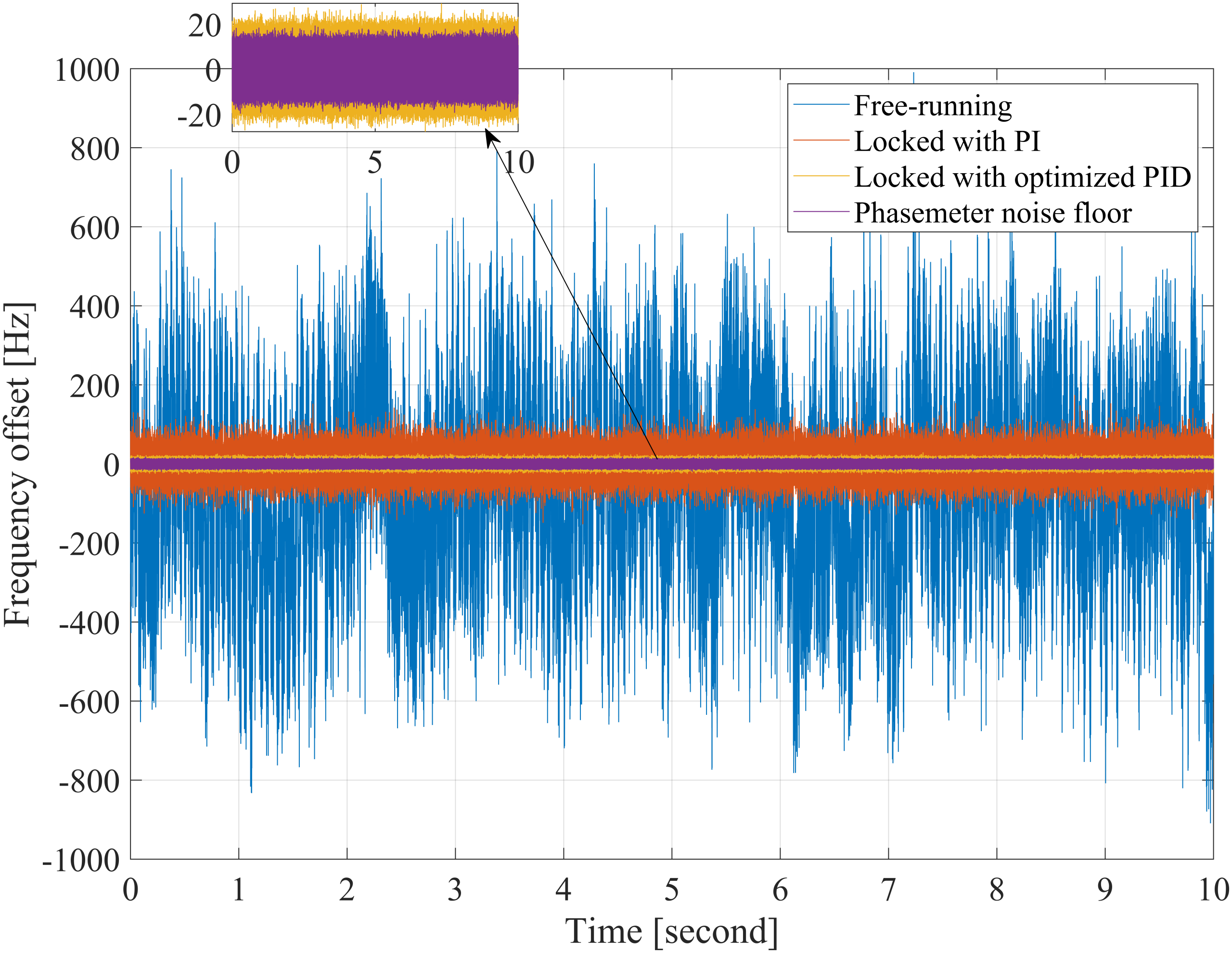
In this application note, a voltage-controlled oscillator (VCO) is stabilized using the Moku:Pro in Multi-Instrument Mode, integrating a Lock-in Amplifier for error detection and feedback control with a Frequency Response Analyzer for measuring the transfer function. The system’s open loop transfer function (OLTF) is modeled, simulated, and validated against experimental measurements.
Featuring: Moku:Pro, Frequency Response Analyzer, Lock-in Amplifier
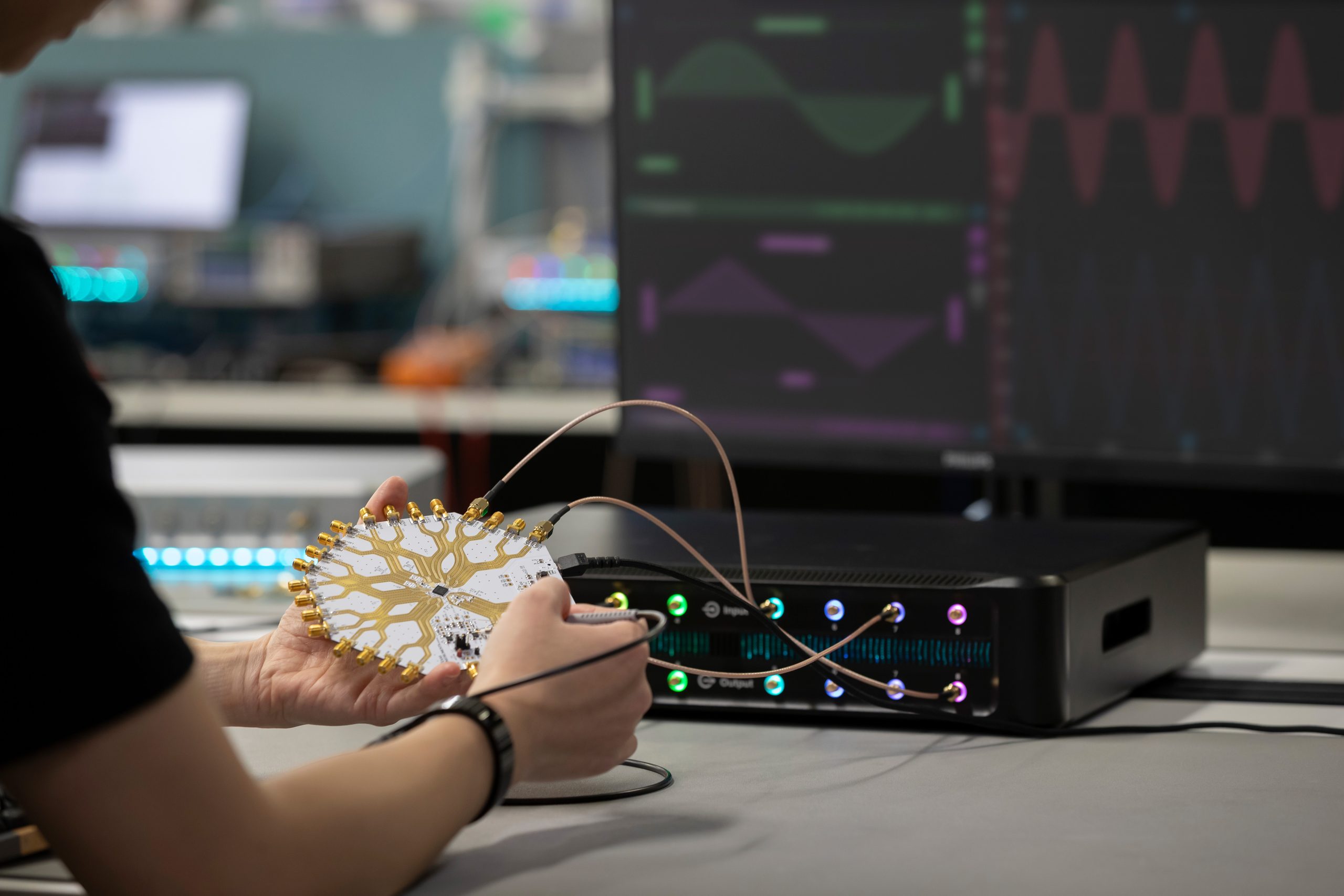
Date Recorded: Oct 2, 2025
Speaker: Jessica Patterson

With the help of Moku:Lab, researchers from the Chinese Academy of Sciences have developed an organic photoactuator with programmable and repeatable motion
Featuring: Moku:Lab, PID Controller
Date: Sep-12-2025
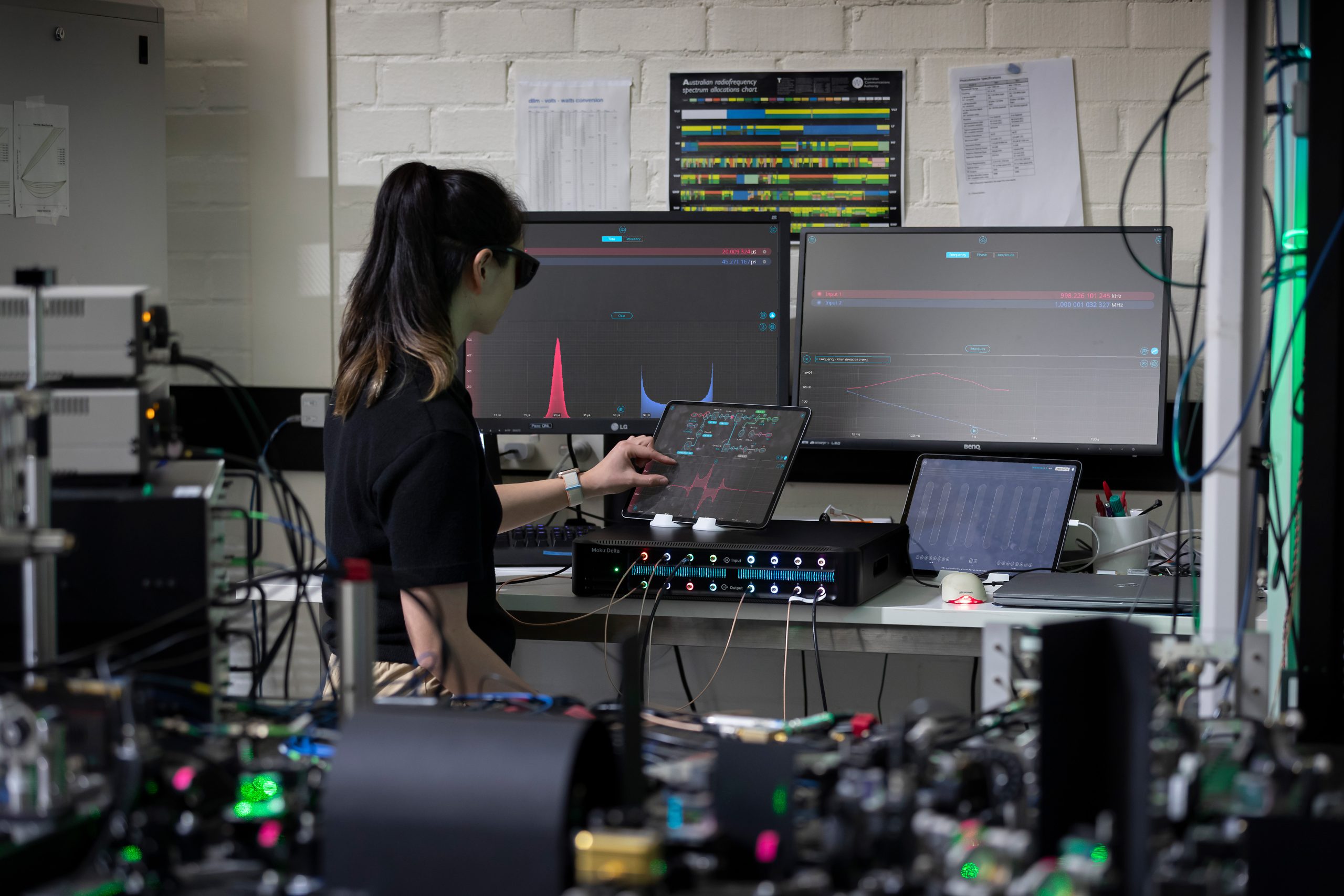
Date Recorded: Oct 9, 2025
Speaker: Jason Ball, Ph.D.
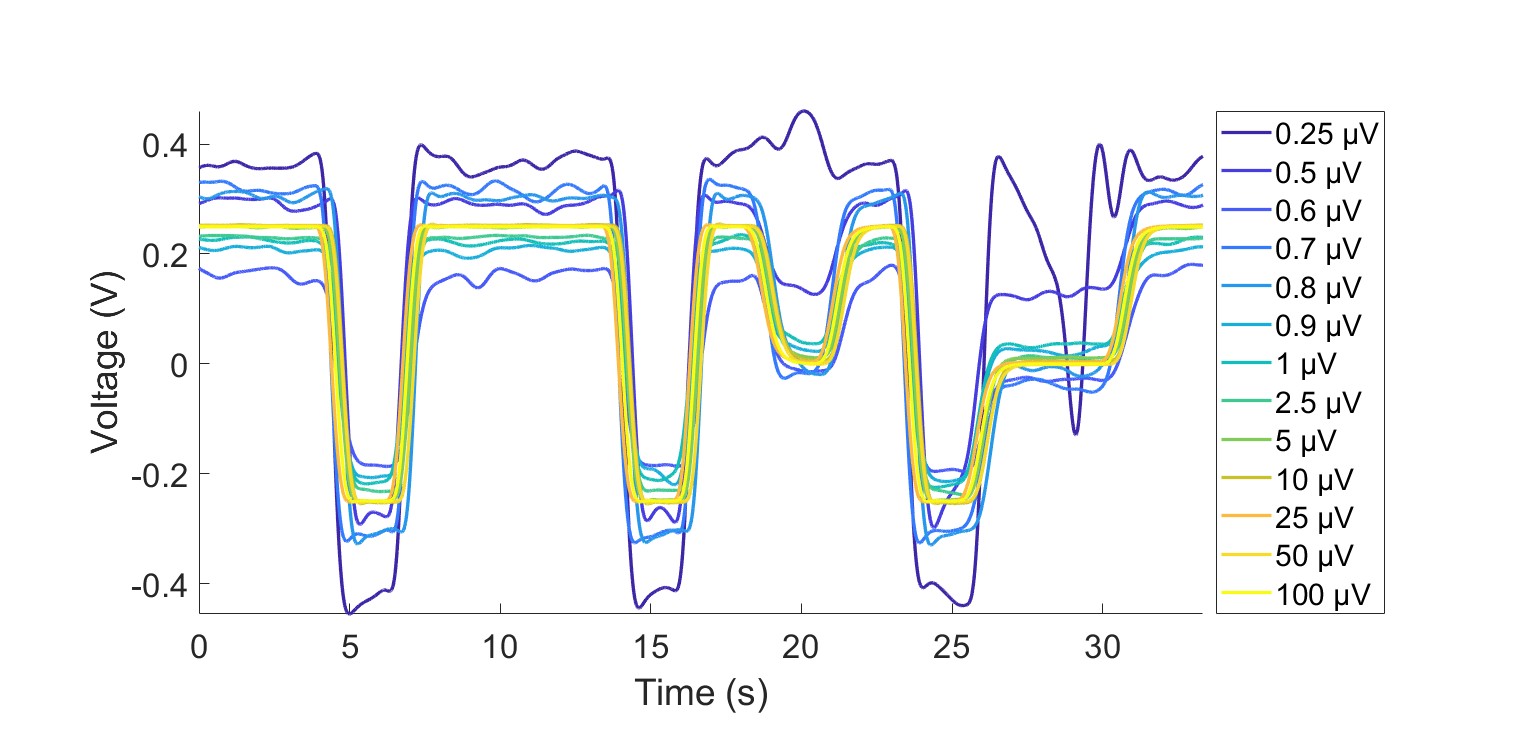
In this application note, we demonstrate how to phase-modulate and externally attenuate a high-frequency tone to achieve peak-to-peak signal amplitudes in the microvolt and sub-microvolt range.
Featuring: Moku:Pro, Lock-in Amplifier
